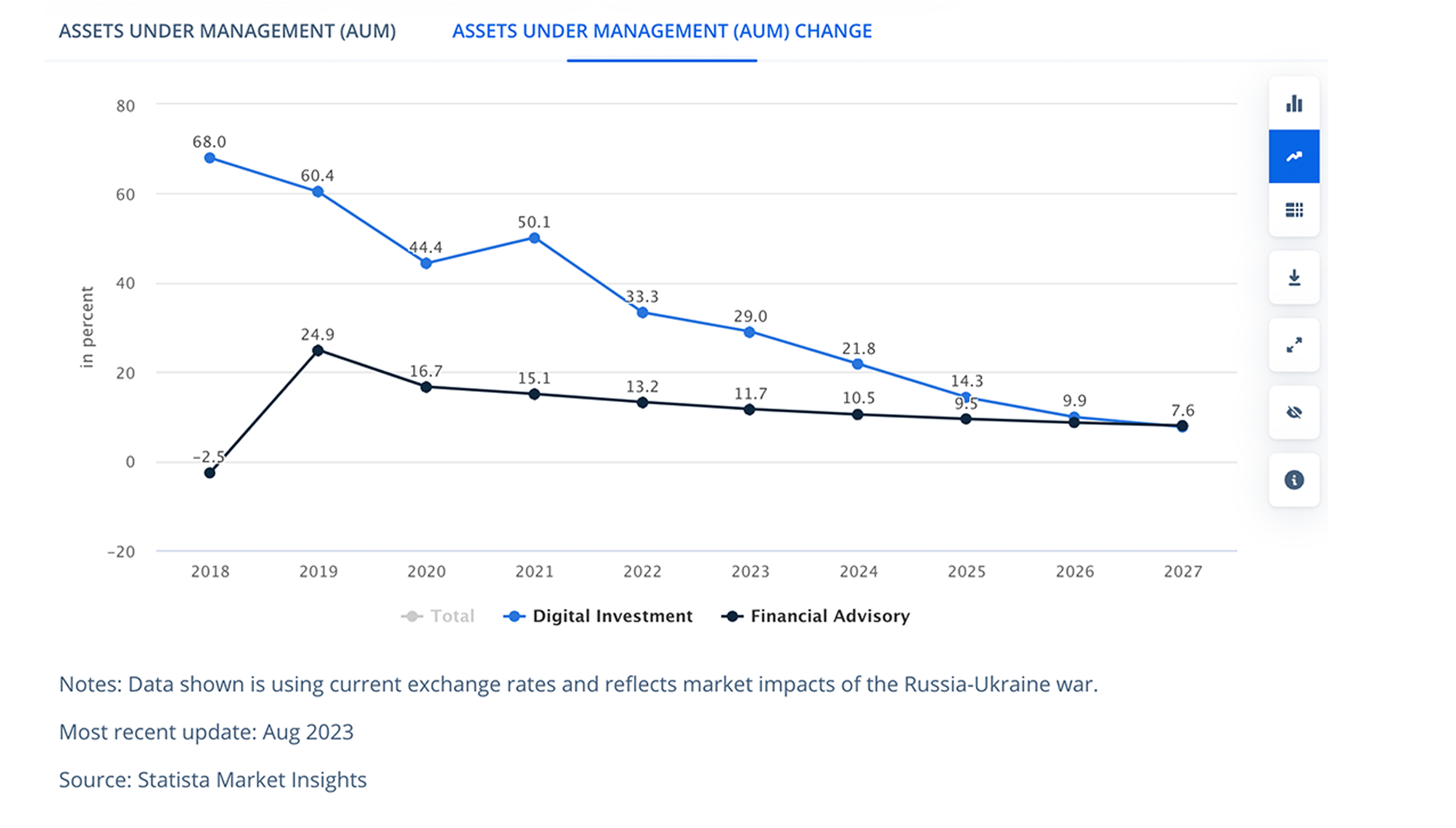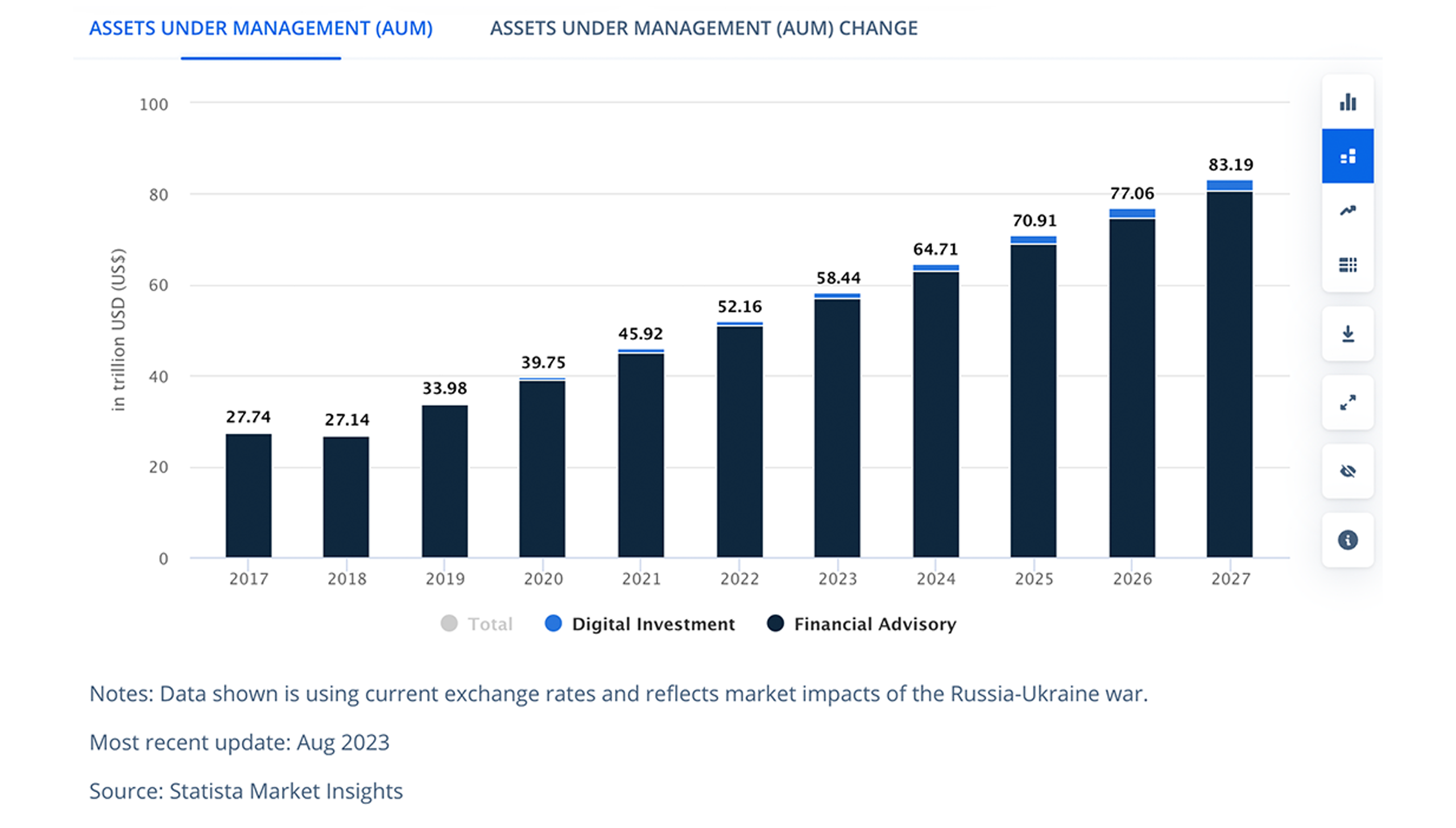The Intricacies of Real-Time Hyper-Personalization in Wealth Management

The Promise and the Pitfalls
The term “hyper-personalization” has become a buzzword in the wealth management industry. As highlighted in our previous blog, the sector’s rapidly changing landscape necessitates a shift towards more tailored client experiences. But while hyper-personalization holds immense promise, its implementation is fraught with complexities.
The Real-Time Challenge
One of the most formidable challenges is the integration of real-time data. In an era where clients demand instant responses and tailored advice at their fingertips, wealth management firms face the intricacies of real-time data integration. A recent article underscores that hyper-personalization extends beyond standard investment portfolios. It mandates advice grounded in real-time goals, needs, and market fluctuations.
The Multifaceted Challenge of Personalization

The journey to effective personalization is intricate, given the myriad permutations and combinations that need consideration. For each “Product – customer segment – persona – journey stage – touchpoint” combination, there’s a unique set of data points to track and analyze. This vast matrix of data makes it challenging to ensure that personalization is both relevant and timely.
Moreover, the technological infrastructure required for real-time data tracking, aggregation, analysis, and action is vast, complex, and expensive. Building and maintaining such an infrastructure can be a significant drain on resources, both in terms of time and capital.
The Point Solutions Dilemma
In the face of these challenges, many firms resort to point solutions to address specific personalization needs. While these might offer temporary fixes, they often lack the comprehensive approach essential for holistic personalization, leading to fragmented client experiences and missed opportunities. As Deloitte emphasizes, wealth businesses are reshaping to meet elevated client expectations, and fragmented solutions won’t cut it.
The Imperative for a Structured Framework
Given the intricate challenges and the dual need for efficiency (in terms of cost) and effectiveness (in terms of quantified ROI outcomes), there’s a pressing demand for a structured framework. Such a framework can guide firms in prioritizing their personalization efforts, ensuring that implementations are both strategic and impactful.
Stay tuned as we introduce a groundbreaking framework in our next blog tailored for the wealth management industry. This framework promises a coherent method to personalize client experiences, ensuring both cost efficiency and quantifiable outcomes.
Co-authored by Ashutosh Karandikar, and Venkatesh Padmanabhachari
Maveric’s thought leadership series – E.D.G.E (Experiences Delivered by Global Experts) – handpicks the game-changing technology ideas and pressing functional questions Banks and financial institutions must solve today.
These features – reports, whitepapers, podcasts, flyers, blogs, and infographics – are for Banking leaders and Technology evangelists to apply profound trends, the latest opinions, and transformational analyses to boost the performance of their organizations.
View










